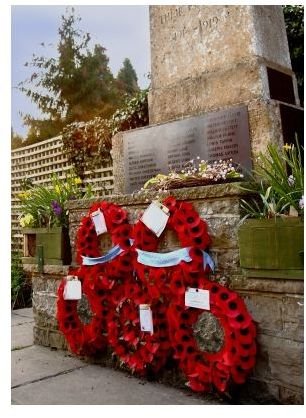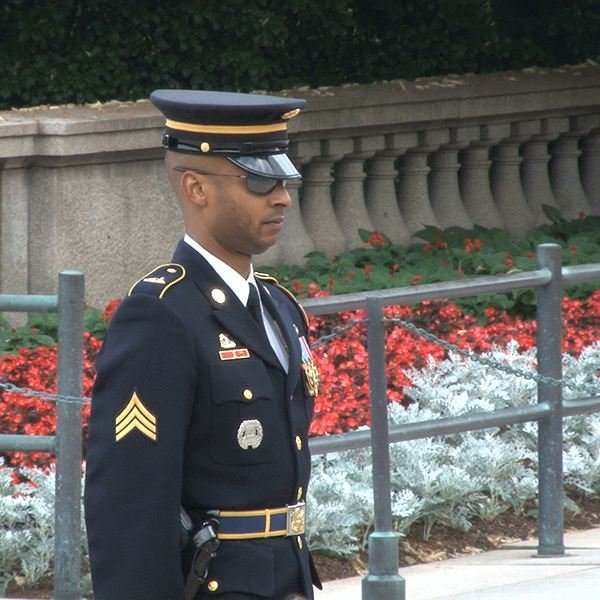Veterans Day ESL Lesson: A WebQuest For Peace Around the World
The Eleventh Hour of the Eleventh Day of the Eleventh Month
One of the tasks of teaching ESL is to help students not only understand the language, but also to comprehend the nuances of the culture. For second language learners in the United States, this would include learning about the observance of Veterans Day.
The original observance in the United States of Veterans Day was called Armistice Day. It was a celebration of peace coming to the world at the end of World War I. WWI was called “the war to end all wars.” Sadly, this was not the case.
In teaching Veterans Day lesson plans, it will be important to be sensitive to the cultures of the students. Many ESL students come from countries rife with war and conflict. Discussions can bring up traumatic memories, anger, and fear. Therefore, it would be wise to assess how best to present this lesson by looking at the countries of origin of the students. Understanding what they or their families might have lived through will help teachers prepare the Veterans Day lesson plan.
To begin the lesson, teach how and why this day is observed. Teachers can either give a brief synopsis of the history or assign students to research the history. If you choose to use a WebQuest as the means to research Veterans Day, have the students go to the Veterans Administration site. It gives an excellent explanation of the history.
If you decide to have students research in books at the library, it will be important to explain that the original name for the holiday was Armistice Day. Another important point to bring to the students’ attention is that it was a day to celebrate peace in the world.
Veterans Day Around the World
The observance of Armistice Day was not limited to the United States. Other countries around the world also have such observances.
Give advanced ESL students a WebQuest on the other observances. Begin with a list of holiday names, which can include:
- Anzac Day
- Memorial Day
- Remembrance Day
- Volkstrauertag
- Decoration Day
- Poppy Day
- Armed Forces Day

Ask the students to find what countries observe these different day, which days are observed on the same day, what the significance of the name is (i.e., Why is it called Poppy Day or Anzac Day?)
At the end of their webquest, ask them to write a brief reflection, one or two paragraphs, on the observance of this holiday and how it is connected to peace. After they have written their reflection papers, have a discussion on what they learned and what feelings they have on the subject.
Let There Be Peace
This activity can be used with young ESL students to reinforce language around the senses, as well as with older students to scaffold on descriptive language.
Have students pair up. Give each student a list of questions to ask their partner. (Click here for a sample of questions.) Have them take turns asking the questions, recording their answers on the sheet. When everyone is done, ask the students to share what they learned about their partner. As they answer, point out when students answer in the same manner.
Older students with intermediate to high language skills can be asked to debate whether Armistice Day observances actually help promote peace or glorify war. Again, be aware of the students’ history and culture as this could be a heated discussion.
The objective of all these activities is to show that ALL people desire peace.
This Veterans Day ESL Lesson can be a great way to establish a dialogue on peace, tolerance and understanding among students.
References
- U.S. Department of Veterans Affairs: History of Veterans Day
- Image: Poppies On A British War Memorial by Stuart Miles under freedigitalphotos.net Terms of Use
